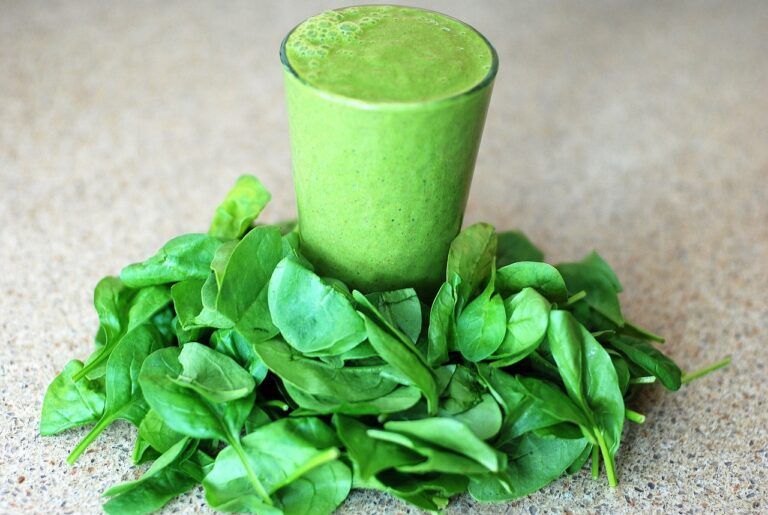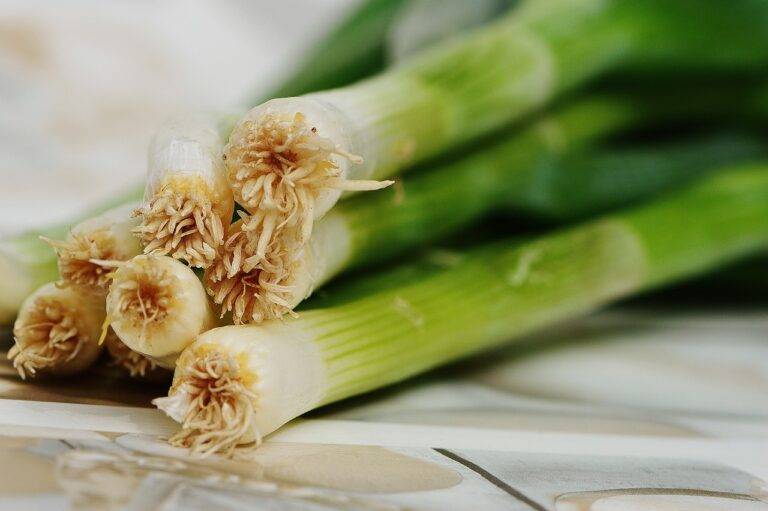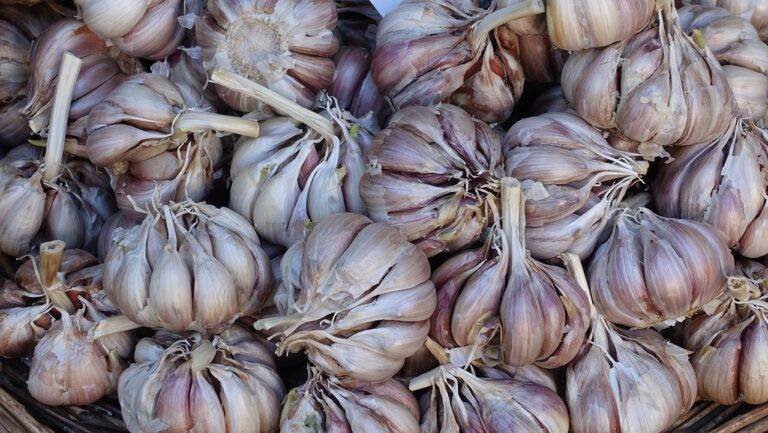A Culinary Journey Through the Mediterranean Diet
Mediterranean cuisine boasts a rich history that dates back thousands of years, shaped by various cultures and civilizations that have populated the region. From the ancient Greeks and Romans to the Arabs and Ottomans, each group has left its mark on the culinary traditions of countries bordering the Mediterranean Sea. This fusion of flavors and cooking techniques has given rise to a diverse and vibrant cuisine that is celebrated worldwide for its freshness and simplicity.
The foundation of Mediterranean cuisine lies in the use of fresh, local ingredients such as olive oil, grains, fruits, vegetables, and seafood. The region’s climate and fertile land have played a significant role in shaping the traditional dishes that have become emblematic of Mediterranean cooking. With an emphasis on seasonality and sustainability, Mediterranean cuisine not only delights the palate but also promotes a healthy way of eating that has been passed down from generation to generation.
Key Ingredients in Mediterranean Cooking
When it comes to Mediterranean cooking, a few key ingredients are essential in creating the vibrant and flavorful dishes that define this cuisine. Olive oil is undoubtedly one of the most crucial components, used for everything from sautéing vegetables to drizzling over finished dishes. Its rich, fruity flavor adds depth to Mediterranean recipes and is a staple in the region’s kitchens.
Another fundamental ingredient in Mediterranean cooking is fresh herbs such as oregano, thyme, basil, and rosemary. These aromatic herbs not only enhance the taste of dishes but also contribute to the distinct Mediterranean flavor profile. Whether sprinkled over a Greek salad or added to a marinade, fresh herbs play a vital role in elevating the overall taste of Mediterranean recipes.
Popular Dishes from Mediterranean Countries
Mediterranean cuisine boasts a rich tapestry of flavors and dishes that vary from country to country, reflecting the diverse cultural influences of the region. In Greece, one can savor the beloved tzatziki, a creamy yogurt and cucumber dip flavored with garlic and dill, served alongside pita or grilled meats. Moving further east, Turkey offers the delectable dish of köfte, spiced meatballs typically made from lamb or beef, enjoyed with rice or in a sandwich.
Journeying to the beautiful coastal region of Spain, visitors can indulge in paella, a vibrant rice dish often infused with saffron, shrimp, mussels, and chorizo, delivering a burst of flavors in every bite. Meanwhile, in Morocco, tagine takes center stage – a slow-cooked stew of meat, vegetables, and aromatic spices like cumin and cinnamon, served piping hot with couscous or crusty bread. Each dish tells a story of tradition and culinary artistry, embodying the essence of Mediterranean cuisine.
What are some popular dishes from Mediterranean countries?
Some popular dishes from Mediterranean countries include paella from Spain, moussaka from Greece, tagine from Morocco, and pasta dishes from Italy.
Are there any vegetarian options in Mediterranean cuisine?
Yes, there are plenty of vegetarian options in Mediterranean cuisine, such as Greek salad, falafel, hummus, and caponata.
What are some common ingredients used in Mediterranean cooking?
Common ingredients used in Mediterranean cooking include olive oil, garlic, herbs (such as basil, oregano, and mint), tomatoes, olives, and various types of seafood.
What is the history behind Mediterranean cuisine?
Mediterranean cuisine has a long history dating back to ancient times, influenced by various cultures and civilizations that have inhabited the region. The use of fresh and locally sourced ingredients is a key characteristic of Mediterranean cuisine.







